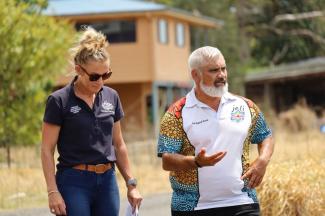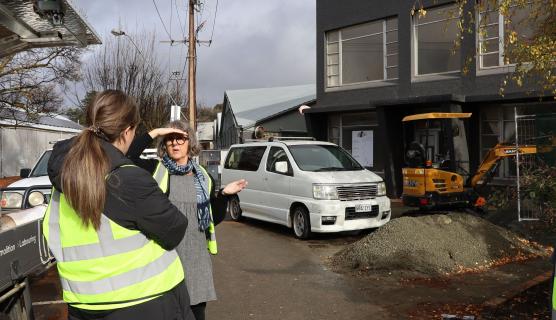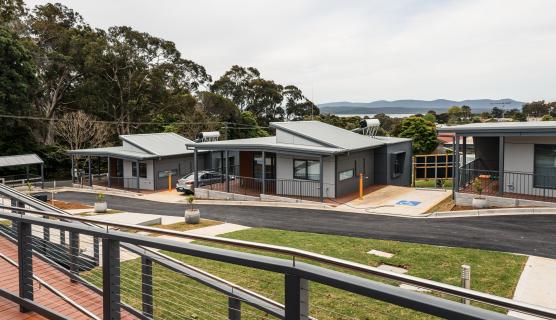Resilient Lismore’s mantra for recovery from the 2022 QLD and NSW Floods
Elly Bird Lismore City Councillor is no stranger to disasters in her region. Elly is the CEO of Resilient Lismore, which started as Lismore Helping Hands. The organisation is a grassroots, community-led group that emerged to coordinate volunteers after the major flood in Lismore in March 2017.
She recalls how on the eve of February 28, 2022, she along with many others in the community had been keeping a watch on flood levels and sharing the alerts. No one believed that water would go beyond 12 metres – what the community referred to as a “normal” flood, where most homes would not be threatened.
Elly went to bed, only to wake an hour later to find out that the water had reached a dangerous 13.5 metres.
The community support in the week leading up to the flood, as information, weather and flood alerts were shared, continued over many months after the floodwaters peaked.
The focus shifted to community rebuild tasks, the support delivered with the mantra to provide “safe, secure, warm” accommodation, especially for the more vulnerable members as winter temperatures started to drop.
An initiative that emerged from this mantra was the ‘Two Rooms Project’. Elly described how it came about: “Sure we have a devastating housing crisis here but we do have houses – they’re just damaged. So we decided to build at least two rooms to provide some security and privacy. The Two Rooms Project was part of that mission, to line the walls of two rooms in flood impacted homes”, Elly said.
The Two Rooms Project works by using donations to supply the walls, and then tasking volunteers under the guidance of skilled tradespeople to install them.
Launched in August 2022, work has been completed on 80 homes, with more on the books for completion in the near future.
Should you find yourself in a similar situation….
Elly’s advice is simple: “It sounds silly but get used to being good at holding lots of parties. Events are not just great for knowing about how to organise things where there is little infrastructure… but also bring the community together to develop those relationships which are so important when disasters happen,” said Elly.










